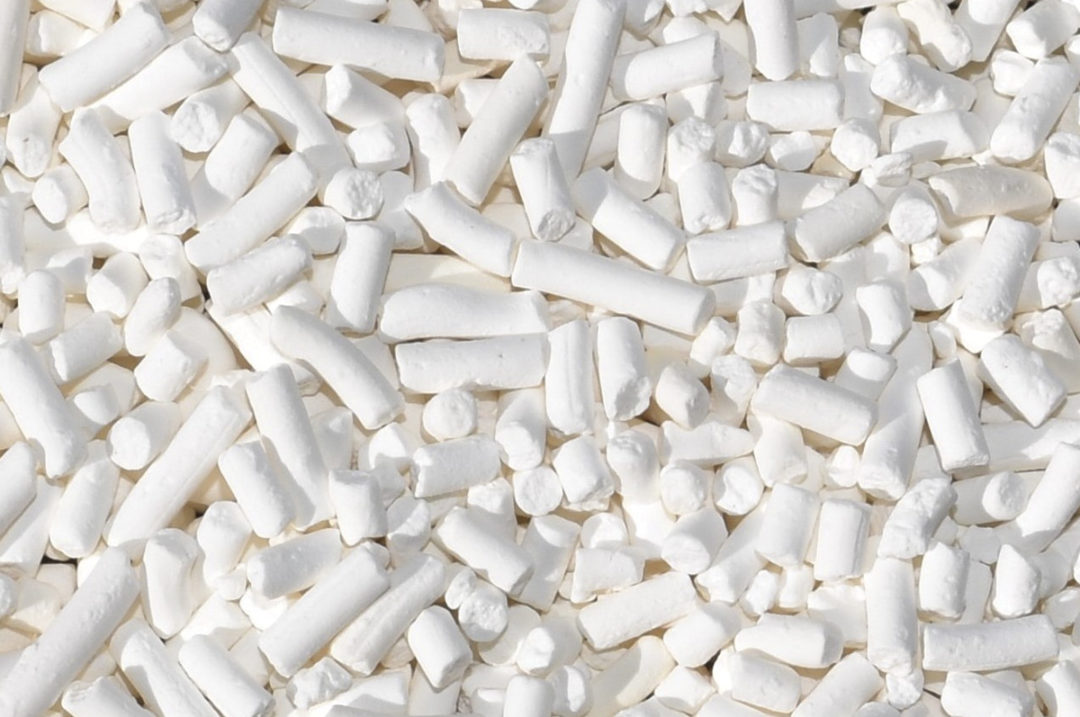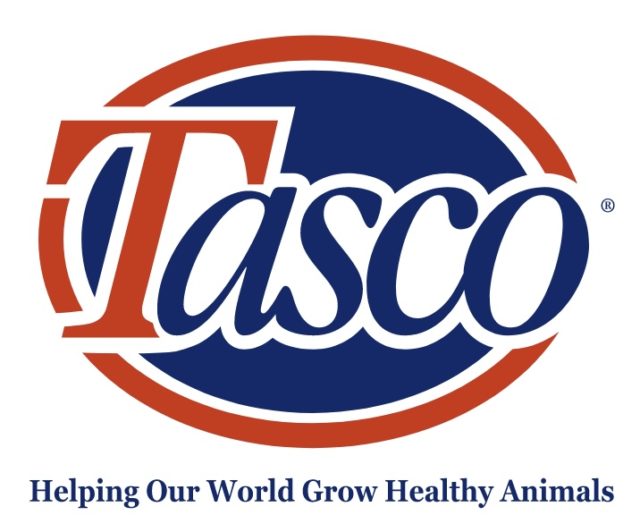A new product that resembles ice cream sprinkles aims to help dry and fresh cows absorb more calcium from their diet and avoid hypocalcemia (clinical milk fever) and dyscalcemia (subclinical milk fever). The product from Chemlock Nutrition is CalBal and has been shown to help increase blood calcium in fresh cows.
“The aim here with this technology is that we want the particle itself to start to disassociate in the TMR so that when it gets into the cow, it starts to react immediately,” says Rick Brown, director of dairy science for Chemlock Nutrition. “As it moves through the digestive system, it works like a magnet. It attracts phosphorus to it, captures it and reduces phosphorus absorption in the cow.”
The new product falls into the bioactive zeolite class of products that have emerged as an alternative strategy to combat milk fever in recent years. This ingredient class improves calcium metabolism in transition dairy cows by binding feed-available calcium and “tricking” the cow into increasing calcium metabolism.
The key to this magic act is regulating phosphorus. By attracting and downregulating phosphorus, the cow can upregulate vitamin D secretion, which drives calcium absorption from the diet.
“What happens with the mode of action in the cow is that bioactive zeolite is a negatively charged molecule. In the rumen, that molecule will exchange some sodium for calcium (bind calcium), becoming positively charged. At that point, it works like a phosphorus magnet, reducing phosphorus absorption by the cow and increasing calcium metabolism,” Brown says.
The product differs from other zeolites in that its active compounds are more concentrated. It also quickly disassociates, or dissolves, from its pre-inclusion form (sprinkle-like rods) into molecular-level zeolite once mixed with other feeds. Both characteristics mean that the ingredient takes up less room in the diet.
“We’ve tested and found that you can feed significantly less CalBal than other zeolites on the market,” Brown says.
Feeding zeolites to increase blood calcium availability differs in mode of action from formulating dry cow diets to achieve a negative dietary cation-anion difference (DCAD). Feeding a negative DCAD diet slightly decreases a cow’s blood pH, increasing calcium release from bone and vitamin D activation in the kidneys. The approach requires regularly balancing macrominerals in the diet and checking urine pH.
“Our approach is easier,” Brown says. "We target feeding our product based on the amount of phosphorus in the diet.”
Chemlock Nutrition recommends feeding their new product for three weeks during the pre-fresh period. The recommended inclusion rate is 7.4-fold dietary phosphorus. Depending on a cow's dry matter intake (DMI), that could range from half a pound to three-quarters of a pound of product.
The company’s on-farm research shows that cows in even the best dairies in the country still experience hypocalcemia at a 1% to 3% rate. Their side-by-side feeding trial data shows the average prevalence of dyscalcemia in herds feeding a DCAD diet is 39%, with a range of 24% to 60%. However, the prevalence of dyscalcemia in herds feeding the company’s zeolite averages 11%, with a 0% to 25% range of prevalence.
“We see a significant reduction in dyscalcemia at four days in milk,” Brown says.
Most dairies understand the importance of reducing clinical milk fevers, but reducing subclinical milk fever prevalence is also critical.
“The literature is growing and shows that if cows do not recover blood calcium level of 8.8 milligrams per deciliter by four days in milk, they are much more prone to suffer other metabolic disorders, impaired fertility and lower milk yield, which all leads to increases in involuntary culling,” Brown says.
Besides improving cow health and simplifying transition cow nutrition, early adopter dairies have also found a secondary benefit to feeding CalBal – using more homegrown forages.
“Because we’re not concerned about potassium levels with this technology, dairies can use more homegrown forages,” Brown says. “We’ve seen several dairy farms start to reintroduce haylage or alfalfa back into their close-up diets. Dairy producers love the idea of using more haylage or alfalfa rather than having to acquire straw. That has been a nice side effect, but the major advantage is improved calcium metabolism and transition cow health.”






